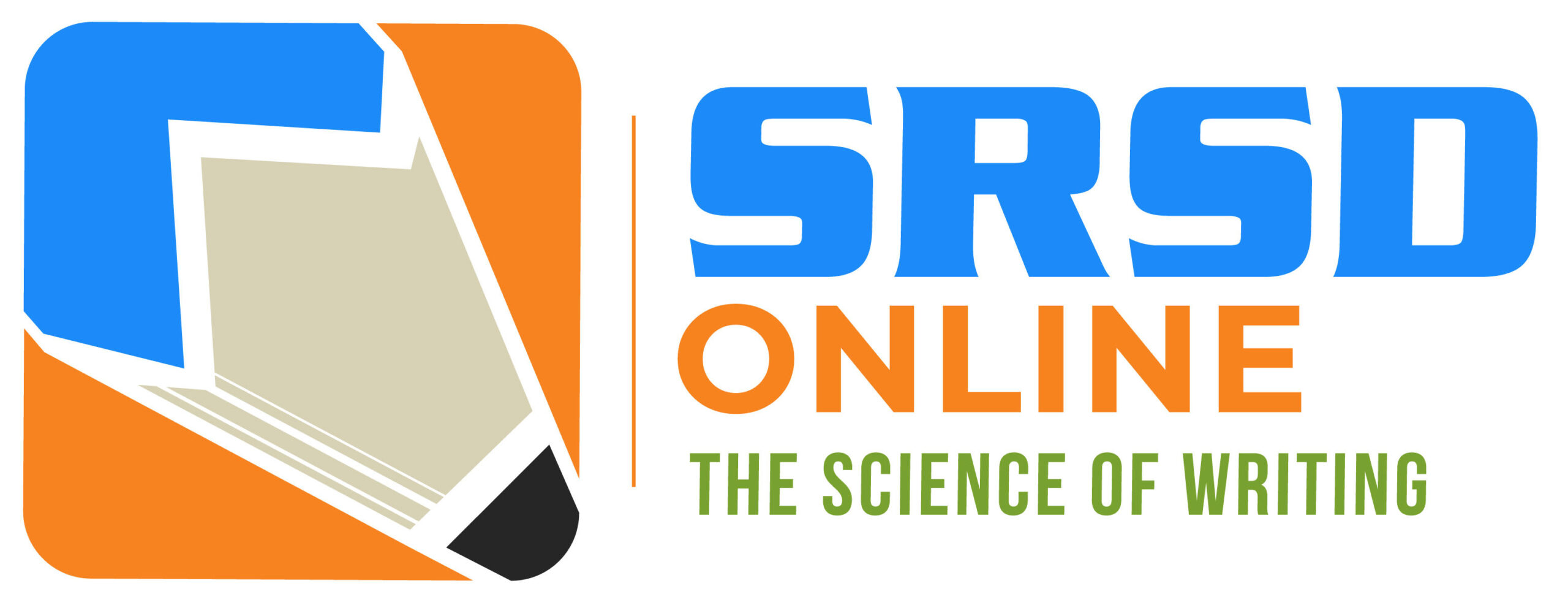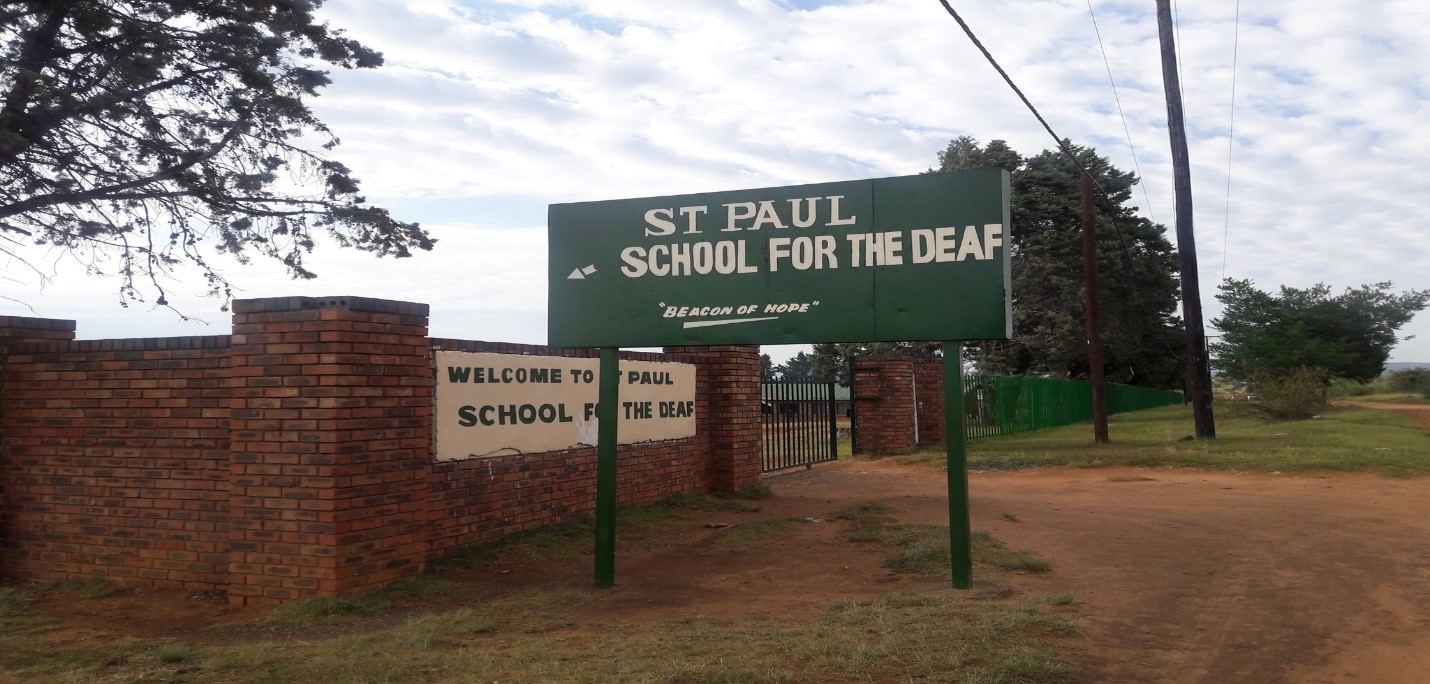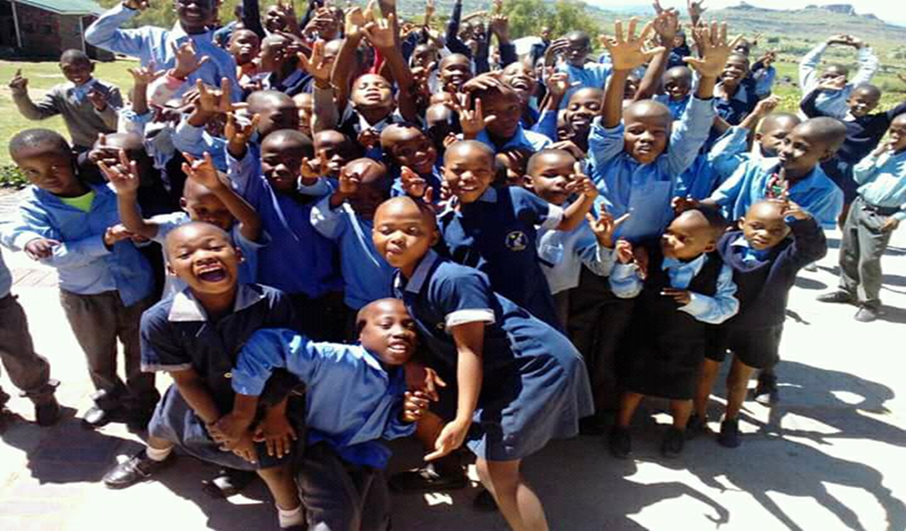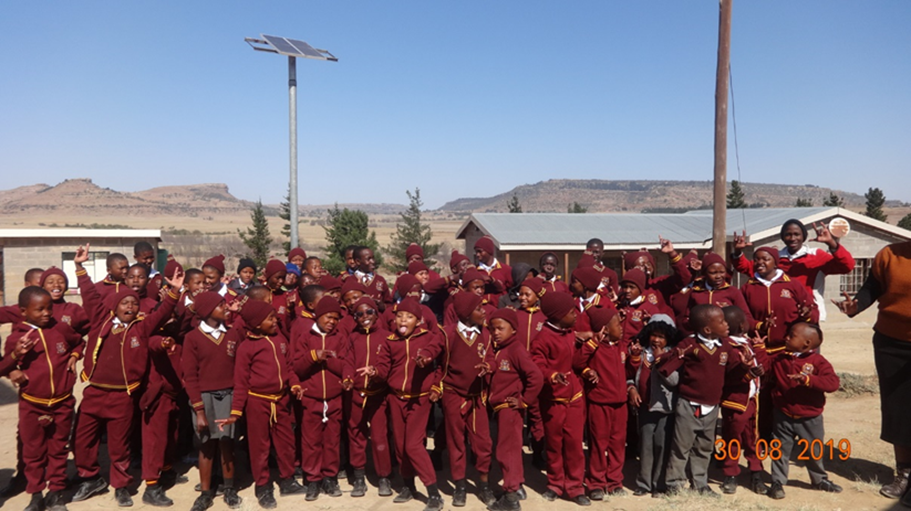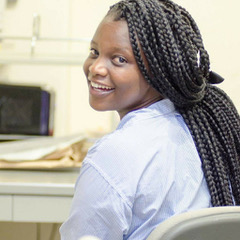My name is Mamotjoka Joyce Morai. I am a teacher at St Paul’s School for the Deaf, Lesotho. I received my Bachelor’s degree in special education from the National University of Lesotho, and my Master’s degree in education from Hiroshima University, Japan. My research focuses on teaching English writing composition to Basotho deaf or hard of hearing students.
In Lesotho, there are only two schools for the deaf: St Paul’s School for the Deaf found in Leribe district and Kananelo School for the Deaf in Berea district. They are both residential and are owed by the Roman Catholic Church, supported by the government of Lesotho. One of the significant challenges in these schools is that our deaf or hard of hearing (D/HH) students struggle with writing.
Although teachers try hard to teach their students how to write, they struggle because of limited knowledge of strategies to use.
What strategies did you use?
I used four Thinking Maps: Circle Map, Bubble Map, Doubble Bubble Map, and Tree Map for teaching them to write their ideas, describe and sort for developing their vocabulary. Then Power writing, Fitzgerald Key, COPS strategy for constructing sentences, and SRSD model for teaching each strategy.
Have you made modifications of the strategies?
Yes, I did. First, I wanted visual strategies to help our students understand how to use them and use them to write. But it was still challenging for them to learn to write using those strategies because of limited vocabulary. One modification I did, for now, was using pictures to develop the background knowledge of our students. Although, it took a long time to teach them vocabulary, and to use it to construct the sentences because they needed to use pictures then learn to write in words, but it helped them improve their writing skills using appropriate vocabulary.
How has English as a second language affected your approach?
In Lesotho, English is used as the medium of instruction and assessment in school from elementary grade four to university level. In the lower grades, students also learn to write Sesotho, the local language Basotho (People of Lesotho). But our D/HH students have no access to these languages at home; they learn them when they come to school, including sign language.
So for them when they are in school, they learn English faster than Sesotho, which might be the first language to some, or second or even third to others. Mostly, they write in English than Sesotho because of shorter and simpler words of English; for example, a girl is ngoanana, cow is khomo in Sesotho. So often when they write Sesotho they write English and sometimes vice versa. Teachers also find English better to teach because students understand it better.
Do you have any suggestions for dealing with deaf students?
Yes, I have. Usually, D/HH have minimal exposure to spoken languages and sign language for those who come from families that are hearing and do not know sign language. They often have limited vocabulary in writing these languages. So the first suggestion is to teach them vocabulary using pictures or concrete to make sure they learn and understand new vocabulary. One thing I learned is that even when we sign, they do not understand. There are no programmes for sign language in Lesotho, and there is no Lesotho sign language, so signs change all the time and teachers and students are always confused. But when we used pictures, they were able to share similar signs, which also helped them improve their sign language skills.
Similarly, using the SRSD model to teach the strategies with D/HH should be with pictures. Otherwise, students might not learn the strategies. The stages can still be used interchangeably according to different language and writing abilities of D/HH students.
Conclusions
Although time was limited to implement the strategies; we saw the positive impact of using the SRSD model in deaf schools in Lesotho. We will continue to apply it to see how it can further be modified with Basotho D/HH learners. One of the great things about SRSD is that students were able to understand the strategies, and were motivated to write. Their participation in the classroom also improved. Teachers’ motivation to teach writing also improved because their students were no longer passive. One teacher said, “One day people will visit our school to see how we have finally succeeded to teach our students how to write “. I am glad SRSD made it easier for them to integrate the new strategies in their classrooms. It would not have been easy.
Thank you, SRSD Team!
